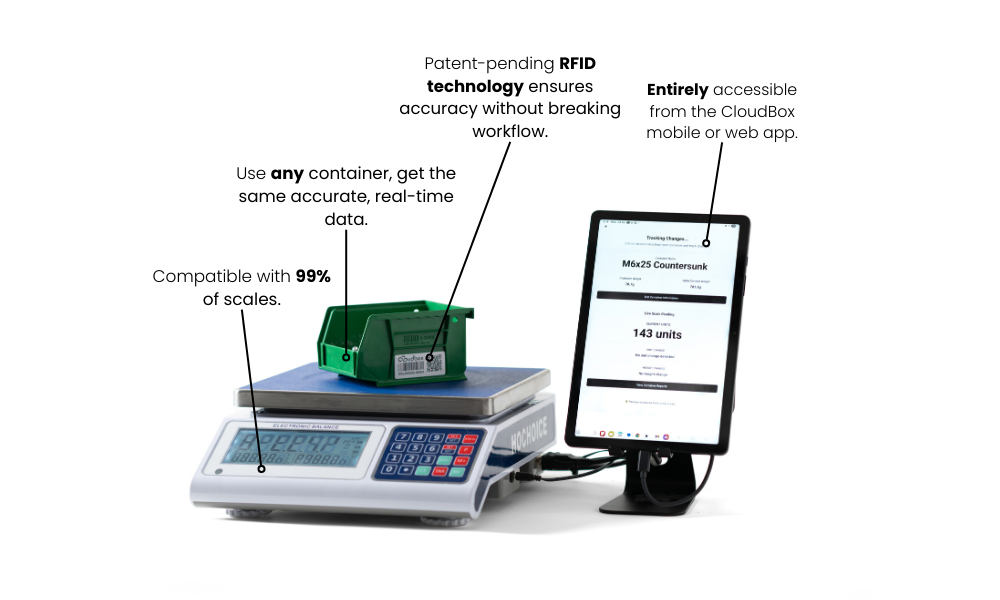.png)
If you're constantly asking why your inventory is off, you're not alone. From warehouses to dispensaries to repair centers, operators across every industry deal with mismatches between what's on the shelf and what's on the spreadsheet. The problem may feel unique to your business, but the root causes are surprisingly consistent. Fixing them means getting honest about how your inventory actually moves, and whether your systems are equipped to keep up.
Manual entry is the easiest way to make mistakes
Most inventory problems start with something simple: a number typed wrong, a shipment not recorded, a bin miscounted during shift change. The truth is, no matter how trustworthy your team is, relying on manual entry creates gaps in your system. Studies show that human error contributes to over 60 percent of inventory shrinkage, more than theft or damage combined.
If your team uses clipboards, spreadsheets, or slow software, those mistakes will keep stacking up. The best way to reduce them is to remove them altogether. Real-time tracking tools like CloudBox automatically update inventory levels as product moves. That means you can stop counting and start managing.
Inventory lives in more places than you think
Sometimes your inventory is off because your system is only tracking part of the picture. A product might be on hold for an online order, in transit between locations, or stored in the wrong bin entirely. If your platform doesn't consolidate stock visibility across all these movements, it creates blind spots that lead to incorrect counts and frustrated staff.
The fix is centralization. When you can see every product across every room, every shelf, and every point of the supply chain, you stop guessing and start making decisions. CloudBox integrates with WMS, POS, and ERP systems to give you a live, unified view of your inventory in motion.
Slow data means late reactions
Even if your inventory is accurate at the time of count, delays in data syncing can make it useless a few hours later. Many businesses run reports at the end of each day or week, but in fast-paced environments, even a few hours of lag can lead to out-of-stock issues, double orders, or false alarms.
Instead of waiting for the data to catch up, modern businesses need data that is always live. That means choosing tools that track stock levels passively and continuously. This helps your team respond in real time, not after the damage is already done.
The more you grow, the worse it gets, unless you prepare
When you start scaling your business, inventory problems don’t just multiply, they accelerate. More products, more staff, more locations, and more transactions all mean more opportunities for error. What worked at one location with a dozen SKUs may fall apart when you’re managing hundreds or thousands.
This is why scalable infrastructure matters. Smart containers like CloudBox were designed for growing operations. Whether you're adding new product lines or opening new locations, the system scales with you without slowing you down.
Better inventory starts with better questions
In the end, if you're still asking why your inventory is off, it's a sign that your current system isn't built to answer the right questions. You don’t just need to know what you have. You need to know where it is, how fast it's moving, what it's costing you, and when it needs to be replaced.
When you track inventory with precision, you unlock insights that can improve cash flow, reduce errors, and accelerate growth.
.avif)





.png)

.png)
.png)




